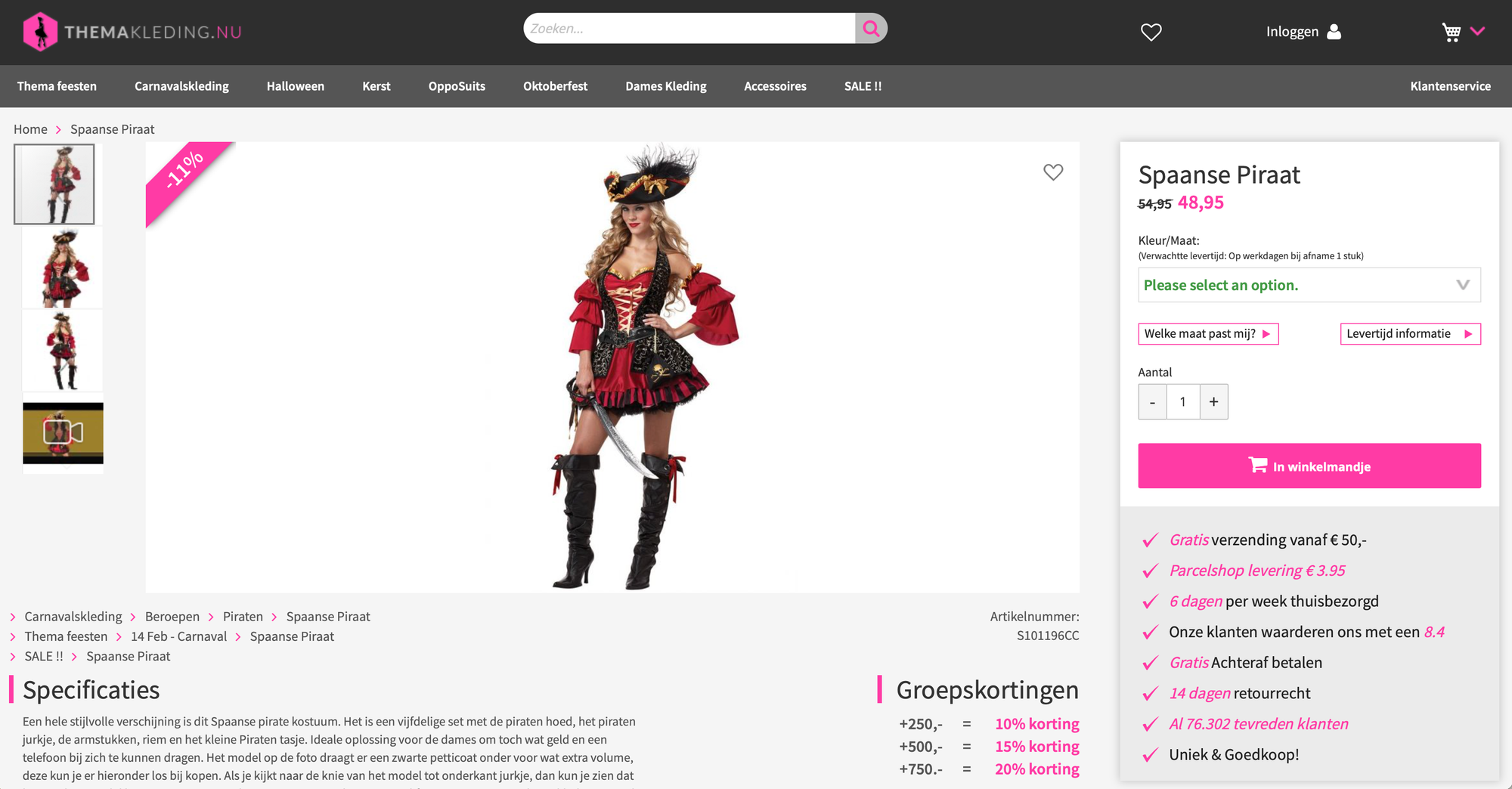A Dream within a Dream
By Dawun Chung
Who owns culture? Cultural images are often reused. Think of an Asian woman in chapao, a space pilot with an American flag and a white man wearing a Viking hat. Cultural images are consumed along with their own inherited stereotypes. Images that are unfamiliar to some might arouse curiosity and stimulate the desire for consumption further. But who can use images from different cultures? How is the who or the notion of different cultures defined exactly? Are representations of culture only divided depending on race? On nationality? On age or geography? On gender? And from whom can you seek permission to engage such cultural representations? In Dream within a Dream Dawun Chung collects and compares common representations of cultural representation found in costumes from online stores and proposes visuals methods of processing such representations while questioning the boundaries between cosplay and cultural appropriation.
Research
Culture is not fixed, yet the state of constant movement also causes cultural glitches. A glitch can be signal, noise, or both. Who decides what is noise? To explore this question, research into the images used by online costume shops were investigated, collected and arranged into an image archive. Alongside this collection of material, the research also exposes a number of key terminologies to inform the possible translations and transformations in visual practise.
Key Terms
Cultural appropriation [1]
Cultural appropriation is the adoption of an element or elements of one culture or identity by members of another culture or identity. This can be controversial when members of a dominant culture appropriate from disadvantaged minority cultures. According to critics of the practice, cultural appropriation differs from acculturation, assimilation, or equal cultural exchange in that this appropriation is a form of colonialism. When cultural elements are copied from a minority culture by members of a dominant culture, and these elements are used outside of their original cultural context—sometimes even against the expressly stated wishes of members of the originating culture – this is cultural appropriation.
Cosplay [2]
Cosplay, a portmanteau of the words "costume play", is an activity and performance art in which participants called cosplayers wear costumes and fashion accessories to represent a specific character. Cosplayers often interact to create a subculture, and a broader use of the term "cosplay" applies to any costumed role-playing in venues apart from the stage. Any entity that lends itself to dramatic interpretation may be taken up as a subject. Favorite sources include anime, cartoons, comic books, manga, television series, and video games.
Drag (clothing) [3]
The term "drag" refers to the performance of masculinity, femininity or other forms of gender expression. A drag queen is someone (usually male) who performs femininity and a drag king is someone (usually female) who performs masculinity. The term may be used as a noun as in the expression in drag or as an adjective as in drag show.
Glitch [4]
Digital heritage [5]
Apophenia [6]
Sources
[1] Available from https://en.wikipedia.org/wiki/Cultural_appropriation (accessed 24 May 2021).
[2] Available from https://en.wikipedia.org/wiki/Cosplay (accessed 24 May 2021)
[3] Available from https://en.wikipedia.org/wiki/Drag_(clothing) (accessed 24 May 2021)
[4] Available from https://en.wikipedia.org/wiki/Glitch (accessed 24 May 2021)
[5] Available from https://en.wikipedia.org/wiki/Digital_heritage (accessed 24 May 2021)
[6] Available from https://en.wikipedia.org/wiki/Apophenia (accessed 24 May 2021)
Further Reading
Teen accused of 'cultural appropriation' defends Chinese prom dress
Riley Morgan(2018) Available from https://www.sbs.com.au/news/teen-accused-of-cultural-appropriation-defends-chinese-prom-dress (accessed 24 May 2021).
The Philosophy of Cosplay
Kyla Green(2018) Available from https://vocal.media/geeks/the-philosophy-of-cosplay (accessed 24 May 2021)
Drag queens are more political than ever. Can they lead a movement?
Daniel Villarreal(2018) Available from https://www.vox.com/identities/2018/11/5/18056558/drag-queens-politics-activism-lgbtq-rupaul (accessed 24 May 2021)
Remember to Check Your Privilege
Available from https://funnyjunk.com/Remember+to+check+your+privilege/funny-pictures/5895637/ (accessed 24 May 2021)
The first cosplay took place at the first-ever con... in 1939
Carol Pinchefsky(2018) Available from https://www.syfy.com/syfywire/firsts-the-first-cosplay-took-place-at-the-first-ever-con-in-1939 (accessed 24 May 2021)
We Need To Talk About Racism And Sexism In The Cosplay Community
Tai Gooden(2016) medium Available from https://medium.com/the-establishment/unmasking-the-cosplay-communitys-sexism-and-racism-problem-3ca9431f58c0 (accessed 24 May 2021)
Museum of Contemporary Art Yinchuan
(2016) e-flux Available from https://www.e-flux.com/announcements/47622/very-addictive-re-extension-of-aesthetics-in-daily-life/ (accessed 24 May 2021)
Institute of Contemporary Art at the University of Pennsylvania (ICA)
(2018) e-flux Available from https://www.e-flux.com/announcements/160289/tag-proposals-on-queer-play-and-the-ways-forward/ (accessed 24 May 2021)
A Sea of Data: Apophenia and Pattern (Mis-)Recognition
Hito Steyerl(2016) e-flux Available from https://www.e-flux.com/journal/72/60480/a-sea-of-data-apophenia-and-pattern-mis-recognition/(accessed 24 May 2021)
Photography and the Optical Unconscious
Mark Reinhardt (2013) The Munk School Available from http://www.torontophotographyseminar.org/news/photography-and-optical-unconscious (accessed 24 May 2021)
Data





Prototypes & Experiments



















